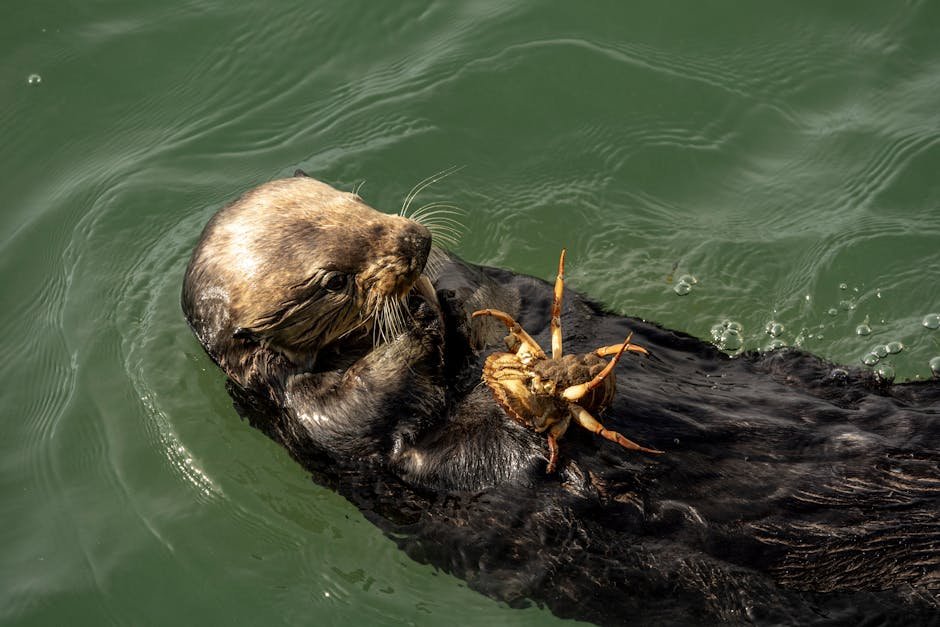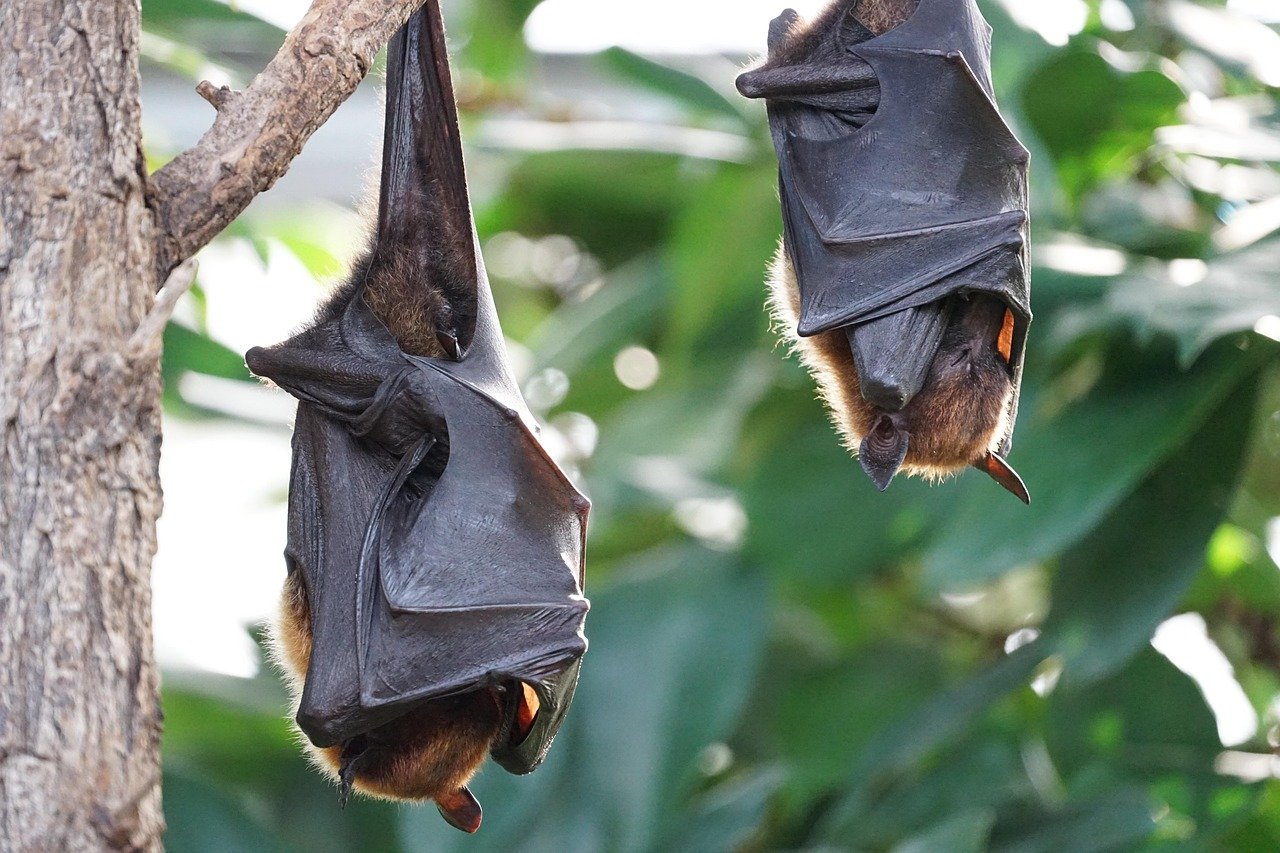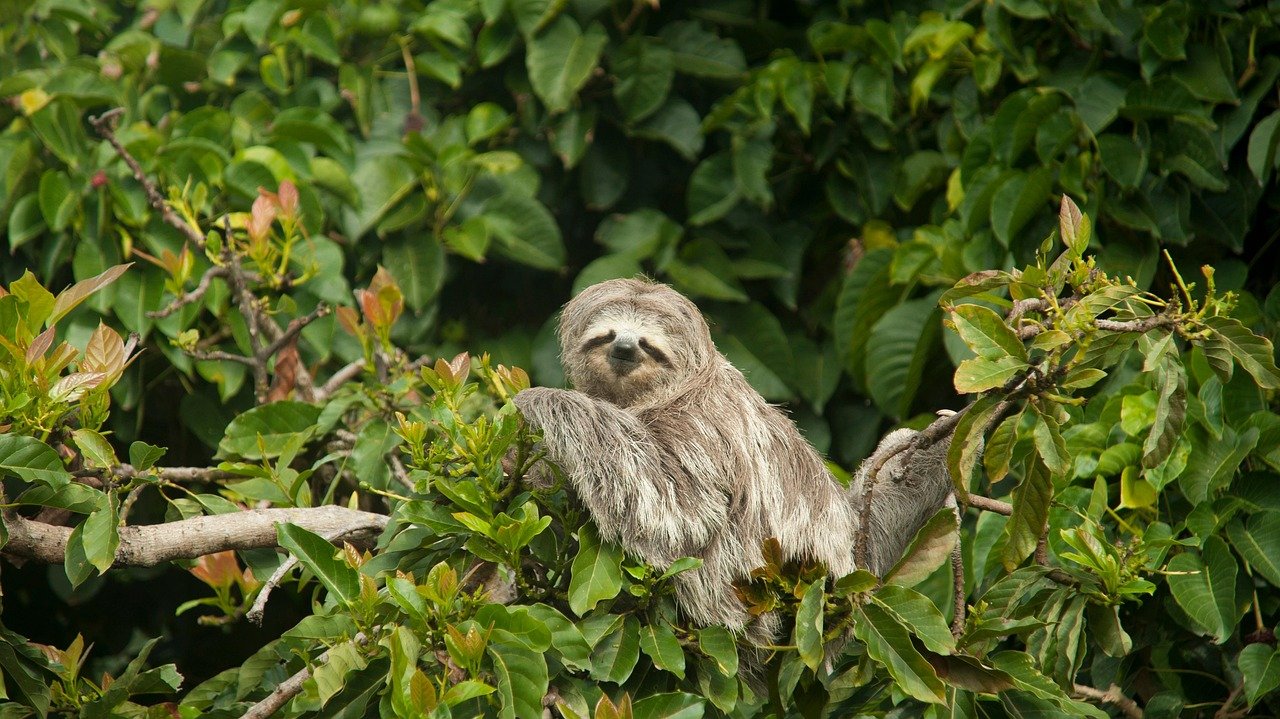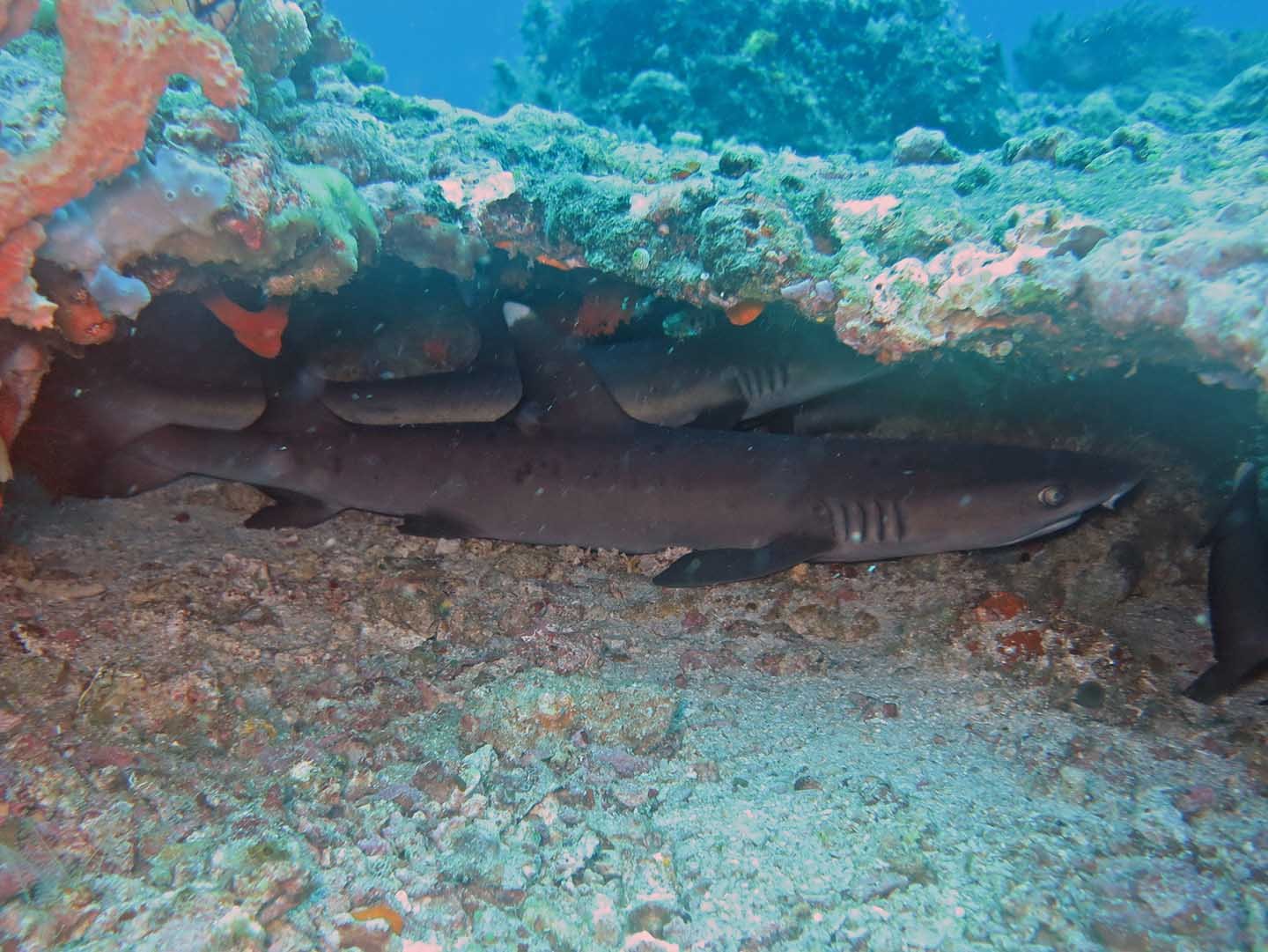When we think of sleep, the image that usually comes to mind is one of comfort, warmth, and stillness. However, the animal kingdom presents us with some truly peculiar and fascinating sleep habits that defy typical expectations. From sleeping while floating to dozing off upside-down, nature’s creatures have evolved remarkable ways to catch some z’s. These adaptations often serve specific survival needs or reflect unusual living environments. So, let’s unravel the mystery of eight animals with some of the strangest sleeping habits known to science.
Dolphins: Masters of Unihemispheric Sleep
Dolphins have an extraordinary way of sleeping that sets them apart from most animals. These intelligent marine mammals exhibit unihemispheric slow-wave sleep, a condition where one half of their brain remains awake while the other half rests. This unique adaptation allows them to continue swimming, surfacing for air, and keeping an eye out for potential predators. Imagine being half asleep and half awake at the same time – it’s like having a built-in alarm system! This capability is essential for dolphins, as they spend their entire lives in the water and must remain alert to avoid drowning or being attacked. This remarkable aspect of dolphin biology showcases their adaptation to a life that is constantly on the move.
Sea Otters: Nature’s Adorable Floaters

Floating on their backs, sea otters are the epitome of relaxation, but their sleep comes with a clever twist. To prevent drifting away with the current while they snooze, sea otters wrap themselves in kelp or hold hands with other otters to form “rafts.” This behavior is as functional as it is adorable, ensuring that they maintain their position on the water’s surface. Sea otters also sleep in short bursts, allowing them to remain alert to environmental changes. This adaptability is vital for their survival in the often unpredictable and sometimes treacherous ocean environment. Their sleeping arrangements highlight how these creatures have turned floating into an art form.
Birds: The Art of Sleeping on the Wing
Some birds have taken the concept of sleeping on the go to a whole new level. Species like the Alpine Swift have been observed to sleep while in flight during long migratory journeys. By alternating between short naps and active flight, these birds manage to traverse vast distances without landing. This skill is achieved through a phenomenon known as unihemispheric sleep, similar to dolphins, where one hemisphere of the brain sleeps while the other remains awake. Such a capability is crucial for birds that travel thousands of miles across continents and oceans. Their aerial sleep strategy is a testament to the incredible adaptability of avian species, allowing them to conquer the skies in ways that seem almost magical.
Bats: The Upside-Down Dreamers

Bats are well-known for their peculiar sleeping habits, hanging upside down from tree branches or cave ceilings. This unusual position provides them with a quick escape from predators since they can simply let go and take flight. The unique structure of their feet allows them to lock onto surfaces without expending energy, making this position not only safe but also efficient. Hanging upside down also helps bats stay out of sight from potential threats, blending into the shadows of their surroundings. This form of rest is particularly advantageous in their dark, secluded habitats, where stealth and energy conservation are key to survival. Bats’ gravity-defying sleep positions make them one of the most intriguing sleepers in the animal kingdom.
Horses: Snoozing While Standing
Horses possess the remarkable ability to sleep while standing, thanks to a locking mechanism in their legs called the “stay apparatus.” This adaptation allows horses to rest without collapsing to the ground, providing them with a strategic advantage in the wild. By remaining upright, they can quickly flee from predators if the need arises. However, horses do occasionally lie down for deeper sleep stages, but they prefer to do so in safe, familiar environments. This dual-mode sleeping strategy helps horses balance the need for rest with the constant vigilance required for survival in open landscapes. Their ability to sleep on their feet is a testament to their evolutionary success in environments where danger is never far away.
Sloths: Champions of Leisurely Sleep

Sloths are synonymous with slow-paced living, and their sleep habits reflect this reputation. Spending up to 20 hours a day sleeping, these creatures are the ultimate nappers. They doze off while hanging upside down from tree branches, using their long claws to secure themselves. This position not only provides safety from ground predators but also keeps them hidden from aerial hunters. Sloths’ slow metabolism and energy conservation strategies are perfectly suited to their arboreal lifestyle, where efficiency is key. Their leisurely approach to sleep and life, in general, has made them iconic symbols of relaxation and contentment in the natural world.
Frigatebirds: The Aerial Snoozers
Frigatebirds take the concept of sleeping on the wing to an astonishing level. These seabirds have been observed to sleep in flight during long oceanic journeys. By taking short naps of just a few seconds while gliding, they manage to balance rest with the demands of constant travel. This unique sleep strategy is facilitated by the ability to sleep one hemisphere of their brain at a time, allowing them to remain alert to environmental cues. Frigatebirds’ aerial sleep habits are a testament to the remarkable adaptations that enable them to thrive in some of the most challenging environments on Earth. Their ability to rest while soaring high above the waves is a breathtaking example of nature’s ingenuity.
Sharks: Motion-Dependent Sleep

Sharks exhibit a fascinating sleep behavior that reflects their need for constant movement. Some species, like the great white shark, must keep swimming to ensure a continuous flow of water over their gills, which provides them with oxygen. This necessity has led to a form of sleep where parts of their brain rest while they swim, allowing them to maintain vital functions without stopping. This motion-dependent sleep is crucial for their survival, as it ensures they can continue hunting and patrolling their territories. Sharks’ unique sleep patterns highlight the delicate balance between rest and activity in the ocean’s apex predators, showcasing the intricate ways in which life adapts to the demands of its environment.



